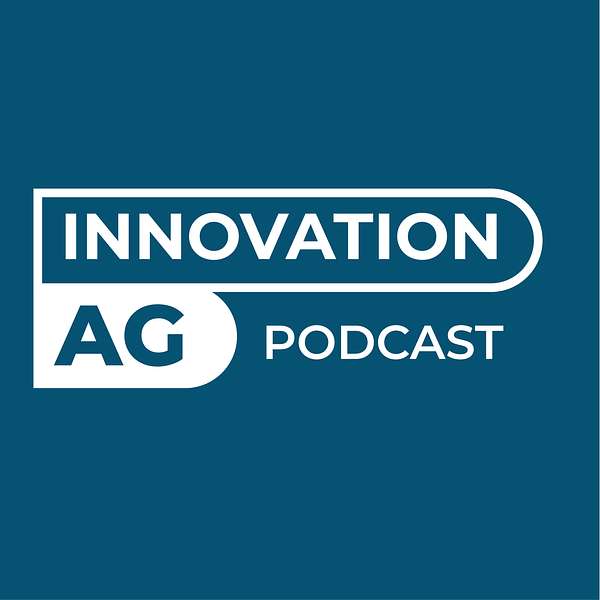
Innovation Ag
Is there such a thing as an innovation roadmap in farming and agriculture? Probably not. But consider this podcast the next best thing. Deciding whether to invest in new agtech? Trying to fund or future-proof your next project? Want to value-add to your business, or maybe just keep up with industry changes? We pick the brightest minds, examine the latest research and map out a step-by-step process to help you implement change.
Hear from farmers, scientists, technologists and ag industry leaders - all working towards innovation, improved sustainability and new opportunities in agriculture. We’ll draw out the practical lessons, so you can apply them on farm, in industry or research. We also share the 'fails' too - because no innovation happens without the odd misstep along the way!
Hosted by Kirsten Diprose, a Victorian farmer, journalist and agriculture researcher. This podcast has been created by the Victoria Drought Resilience Innovation and Adoption Hub and is funded through the Australian Government’s Future Drought Fund.
Innovation Ag
Bonus episode: Jacob Birch: Food and Culture Through Native Grains - extended interview
JACOB BIRCH is an academic, entrepreneur and Churchill Fellow passionate about re-awakening, and bringing into a modern context, the native grain foodways that sustained his Gamilaraay ancestors for thousands of generations.
In this episode, Jacob speaks about understanding the agronomy and nutrition of native grasses as well as the potential for cultural and community benefit.
Jacob’s received First Class Honours for a multidisciplinary research project that investigated the nutritional qualities of Australian native grains for human consumption, and Indigenist research methodologies which give agency to First Nations voices and experience.
Jacob led a national consultation to inform the AgriFutures commissioned Australian Native Grains Strategic RD&E Plan.
www.yaamarraandyarral.com.au
This podcast has been created by the Victoria Drought Resilience Innovation and Adoption Hub and is funded through the Australian Government’s Future Drought Fund.
.jpg)